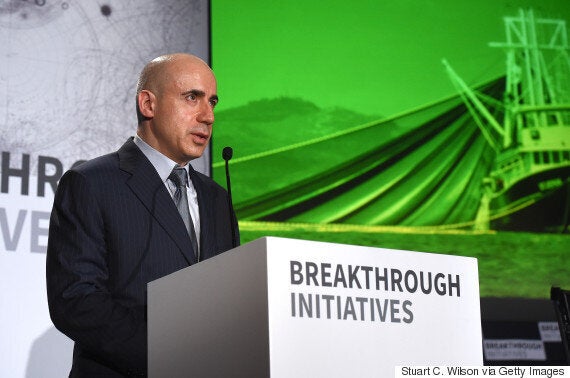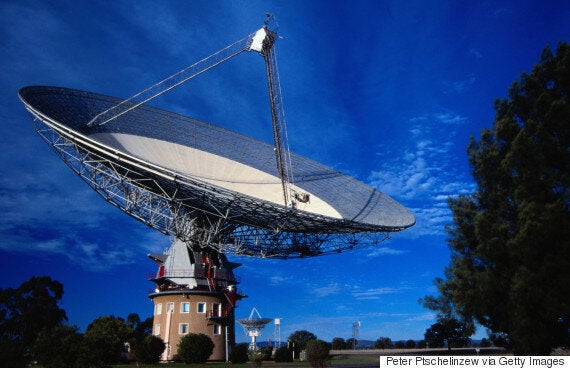With NASA's monumental discovery of Kepler-452b otherwise known as a 'Earth 2.0', one has to ask the question: Will it have aliens on it?

While it's impossible to know this for sure, scientists are confident that Kepler-452b's life so far could well have included life.
John Jenkins, Kepler data analysis lead explains thus:
"If you travel to this star with an arkful of plants, we'd expect based on our understanding of planetary system formations there would be a lot of raw materials for you to use, but more importantly for plants the sunshine from this star is very similar to the sunshine from our star, so the plants would photosynthesise just like on Earth."
So Kepler could in theory support plant life, but what about alien life?
Well with six billion years of life within the habitable zone NASA believes 452b has had "considerable time and opportunity for life to exist".
That's right, there's every chance that life existed on this planet.
Kepler-452b's story is something a sad one though, it has already spent billions of years potentially having life, that's nearly 2 billion years older than Earth itself.
The planet is now reaching the end of its usefulness to life with scientists predicting that the planet has just 500 million years left in what they would describe as 'the habitable zone'.
452b might be "the closest thing we have to what somebody else might call home", but the undeniable fact is that Kepler has found thousands of planets, all potentially capable of supporting some form of life or another.
Discovery Of Alien Life Is Just 20-30 Years Away

NASA Science Mission Directorate John Grunsfeld believes we're just 'one generation away' from making the big discovery.
Add that to the sentiments of NASA's chief scientist Ellen Stofan who says we're just 20-30 years away from discovering alien life in some form or another and you start to paint a compelling vision of the future.
"I think we're one generation away in our solar system, whether it's on an icy moon or on Mars, and one generation [away] on a planet around a nearby star," says Stofan.
The $100m Alien Hunt

Stofan isn't alone in this high-level of optimism, just a few days ago Professor Stephen Hawking and billionaire entrepreneur and physicist Yuri Milner unveiled a hugely ambitious $100m global initiative to increase the search for alien life.
The first programme, Breakthrough Listen, is a 10-year commitment that will use two of the world's largest telescopes to scan 10 times more of the sky than previous searches have.
Both telescopes -- the 100 Meter Robert C. Byrd Green Bank Telescope in West Virginia, USA and 64-metre diameter Parkes Telescope in New South Wales, Australia -- will listen for message from the 100 closest galaxies.
Scientists Discover 'Alien Seed'

The discovery of a mysterious titanium orb sparked talk of 'alien life' after it was found to contain an as yet unidentified biological 'ooze', a scientist has claimed.
While the contents of the microscopic metal ball are unclear, an expert speaking to the Express made headlines for claiming that it could contain alien genetic material.
This led the scientists who made the discovery to theorise that it could be an alien 'seed' sent to Earth either to start life or -- rather more worryingly -- as a biological weapon.
Unsurprisingly, the lack of outcry from the scientific community indicated that this finding was a little more 'fringe' than it might first appear.
While it's true that finding organic material high in the atmosphere is unusual and to an extent unexplained, there is no clear evidence that anything found up there is alien in origin.
The 'Ready Meal' Disaster

Australian astronomers at the Parkes telescope had spent over 17 years being completely baffled about a mysterious signal that was being picked up. Eventually, they found the cause: Ready meals.
That's right, the root of the signal was a microwave oven, used by staff to heat up their lunches.
Detecting strong 2.4GHz signals, it became clear that the problem wasn't in fact the microwave oven in itself, but rather the action of opening the door before the microwave had finished heating.
These rogue signals are not uncommon, in fact as the Guardian points out, they're actually rather common. In 1967 astronomers thought they'd discovered Potassium Flare Stars, what they were actually detecting was someone lighting a match.